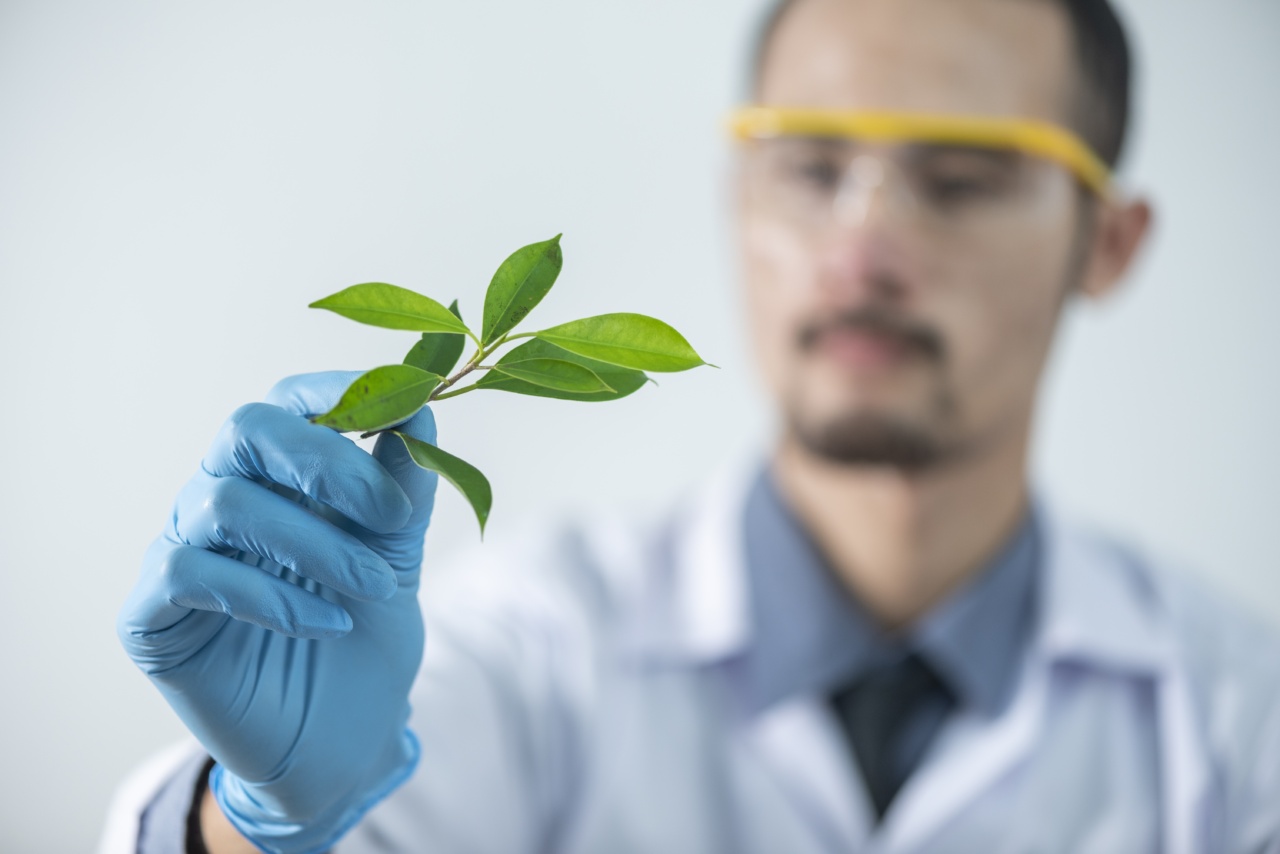Being a parent or guardian comes with enormous responsibilities, and chief among those is ensuring the health and safety of your child.
Parents must establish a solid foundation of love, care, and protection throughout their child’s formative years. A key way to accomplish this is to educate oneself on the best practices for child health and safety. This article will explore some of the essentials of child health and safety that every parent or guardian should know.
1. Vaccinations
One of the most important things parents can do to protect their children’s health is to ensure that they are up-to-date on their vaccinations. Vaccines help prevent diseases like measles, polio, and whooping cough.
The Centers for Disease Control and Prevention (CDC) provides a recommended vaccine schedule that starts at birth and continues throughout childhood. Parents must stay informed and ensure that their child receives all the necessary vaccinations.
2. Childproofing
One of the most critical aspects of child safety is childproofing the home and other areas where the child spends time.
Childproofing includes securing cabinets and drawers, covering electrical outlets, and putting up barriers to keep children away from stairs or other potential hazards. Parents must take the time to inspect their home and take steps to minimize the risks to their children’s safety.
3. Proper Nutrition
To ensure healthy growth and development, children need a balanced and nutritious diet. Parents should offer a variety of foods that include fruits, vegetables, lean proteins, and whole grains.
It’s essential to limit sugary and processed foods in a child’s diet, as they can lead to obesity and other health problems. A healthy diet is key to promoting a child’s optimal physical, cognitive, and emotional development.
4. Exercise and Play
Physical activity and outdoor play are crucial for children’s health and wellbeing. Exercise helps children develop strong muscles and bones and improves overall physical health.
Playtime can improve social skills, creativity, and problem-solving abilities. It’s essential to encourage children to engage in active play and limit screen time and sedentary activities.
5. Safe Sleep
Adequate sleep is vital for a child’s physical and cognitive development. Safe sleep practices are necessary to ensure that children stay safe while sleeping.
Parents should put their infants to sleep on their backs to reduce the risk of sudden infant death syndrome (SIDS) and avoid using soft bedding or stuffed animals in the crib. Older children should also have a safe sleeping environment with a comfortable and supportive mattress and bedding, and avoid sleeping with excessive pillows or blankets.
6. Regular Doctor Visits
Regular check-ups with a pediatrician or family doctor are essential in maintaining a child’s overall health and wellbeing.
These visits allow for monitoring growth and development, identifying potential health problems early on, and discussing important health and safety topics with a healthcare professional. Parents should ensure that their children attend all recommended wellness exams and seek medical attention promptly if a child becomes ill or develops symptoms of a health issue.
7. Mental Health and Emotions
A child’s emotional and mental health is just as important as their physical health. It’s essential to provide a nurturing and supportive environment that promotes positive self-image, self-esteem, and emotional wellbeing.
Parents should encourage open communication, active listening, and respect for their children’s feelings and emotions. They should also keep an eye out for signs of anxiety, depression, and other mental health issues, and seek professional help if necessary.
8. Water Safety
Water safety is critical in preventing accidents and drowning, which is a leading cause of death among young children. Never leave children unattended near water, whether it’s a pool, bathtub, or other sources of water.
Children should learn to swim at an early age and always wear appropriate safety gear like life jackets when on a watercraft or playing near open water.
9. Sun Safety
The sun’s rays can cause skin damage and increase the risk of skin cancer, even in children.
Parents must protect their children from harmful UV rays by applying sunscreen with an SPF of at least 30, providing shade, and dressing children in protective clothing like hats and long-sleeved shirts. Avoid excessive sun exposure between the hours of 10 am and 4 pm, when the sun’s rays are the strongest.
10. Emergency Preparedness
Accidents and emergencies can happen at any time, and it’s essential to have a plan in place. Parents should teach their children basic first aid and how to call for emergency help in case of an accident or injury.
Have a first aid kit readily available, contain important medical information, and always have a list of emergency contacts nearby. Being prepared can save critical time in a crisis situation.
Conclusion
As parents, caregivers, and guardians, ensuring the health and safety of a child is paramount. By implementing the practices outlined here, parents can establish a solid foundation for their child’s wellbeing as they grow and develop.
Staying informed and active in their child’s health needs allows parents to reduce risks, prevent illness or injury, and encourage healthy habits that promote positive physical and emotional growth.































